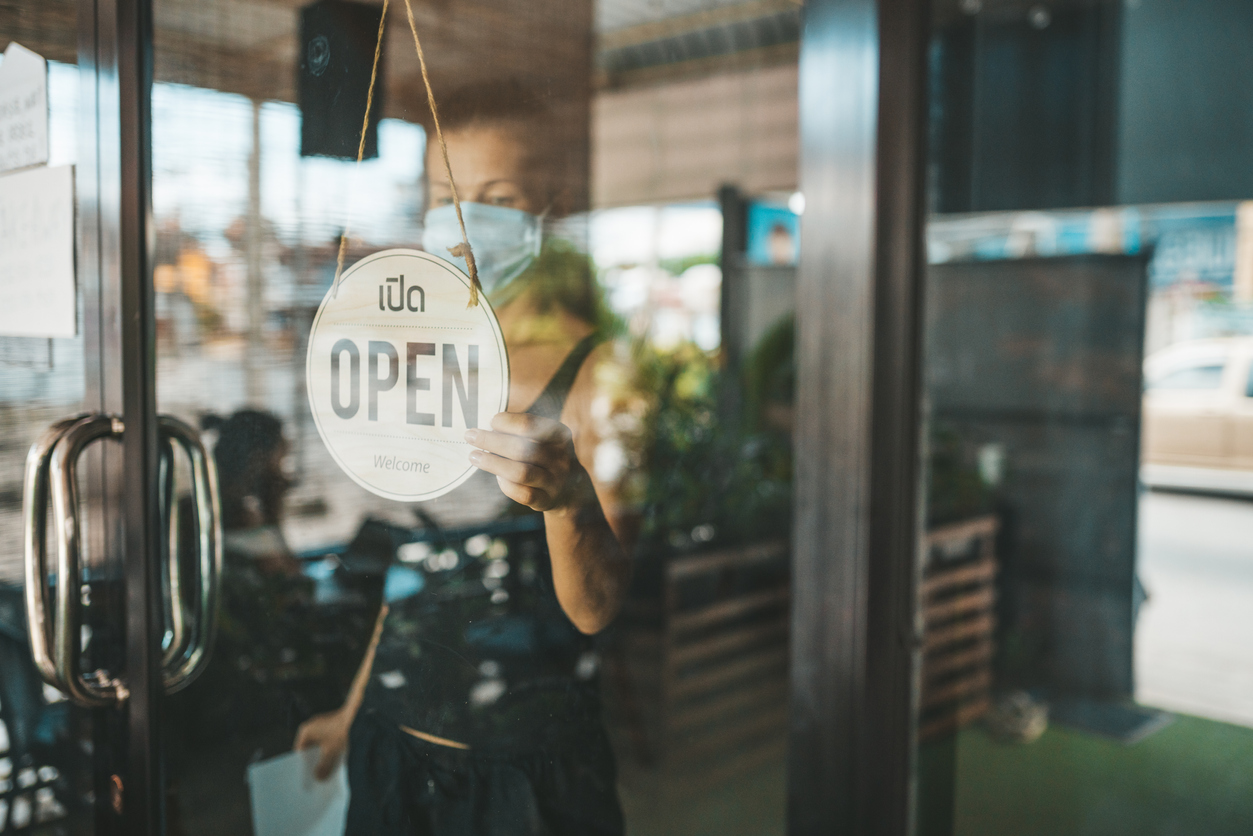
Business owners are now faced with decision making that they have never encountered before. Although some people are longing for workplaces to return to normal operations, companies do not want to jeopardize their workers’ or customers’ health and safety. Potential legal liability for spreading disease now must be advised when deciding to reopen. Major players such as Amazon have already been the target of lawsuits alleging that they contributed to the spread of the illness, creating a new exposure for “take-home” liability.
More businesses are becoming aware of the legal risks and considering potential legislative relief from lawsuits. Immunity laws remain a mere hope, so it is crucial for the business to stay on top of minimizing their potential legal exposure to “take-home” liability.
The Ins and Outs
Those who step foot in a workspace are one group who may be more inclined to sue a business for transmitting COVID-19. It is quite difficult for a customer to prove that a single business, among all of their other possible exposure sources, caused their infection. Employees, on the other hand, spend a large portion of their time in the workplace.
Fortunately for businesses, if an employee sues, for the most part, workers’ compensation will step in as injuries that take place on the job are generally only compensable by workers’ compensation. The employee cannot usually sue the employer for those injuries, even if they don’t receive compensation benefits.
Employers must remain aware of all possible types of suits that could arise from an employee’s exposure to pathogens—a secondary exposure, or “take-home” liability claim. An infected member of the employee’s household could sue the employer for their illness. There are recent lawsuits alleging that working conditions posed a threat not only to employees but their families.
Take-home claims are well-established in other areas of law, and courts have, for the most part, rejected the argument that employers have a duty of care only to their employees and not to an employee’s family. Most jurisdictions rule that the employer may be liable for secondary exposures if it was reasonably foreseeable that its employees may be likely to carry an infectious element home and expose others, which may cause illness.
The Lawsuit Case Explained
To win a take-home case, a plaintiff would have to prove several facts:
That the employee was, in fact, exposed to the virus on the job
Difficult but not impossible to prove
That the family member was exposed to the virus at home through that employee
Not very difficult to prove (almost a given)
That the employer was negligent in implementing precautionary measures from exposing employees to the virus
Depends on the precautions taken
That the employer’s negligence caused the employee to be exposed and bring the virus home
Depends on other possible exposure sources outside the workplace
That the family member’s illness resulted from contact with the employee
It also depends on potential sources of exposure other than the employee.
Employers have several defenses from a take-home suit. They can show how it is more plausible that the family member caught COVID-19 from a source other than the employee or did not take their own precautions against spreading the disease when returning home from work. The many possible sources of exposure in our society make for a strong case.
Pandemic take-home cases will not be easy for plaintiffs to win. However, an employee who can prove that they worked under challenging conditions might convince a jury to overcome scientific doubt about causation. In other words, using the sympathy card might work for those who have contacted the virus.
The truth is that we live in a litigious society and, therefore, protecting against COVID-19 take-home claims is in the best interests of businesses. Owners should be proactive and diligent in protecting their workforce.
Those who put in substantial efforts to ensure that a workplace is safe will be less likely to be the target of an opportunistic employee. Taking a few simple additional steps and securing Texas E&O insurancecan significantly reduce the risk of being held responsible for an employee’s family member becoming ill. To prevent “take-home” liability, employers should consider these steps:
- Mandate uniforms or other clothing to be worn only in the workspace, or encouraging employees to wear work-specific clothing
- Offer information regarding household transmission and recommending ways to minimize spread in the home
- Encouraging employees to share information about where they are spending time outside of work so that other potential sources can be identified
- Take note of significant transmission hotspots in the area so that they can be investigated as possible alternative sources
About Transparity Insurance Services
Transparity Insurance Services was founded for the purpose of helping clients to ensure their property and assets with no hassle. We are committed to providing a simple, easy, efficient, and positive experience to all of our clients, and prioritize open and transparent communication with our clients. Through our excellent customer service and technology, we can help you to find the right insurance program at a competitive price. Contact us today at (855) 889-2037 to learn more about what we can do for you.

 Leave a review on google
Leave a review on google